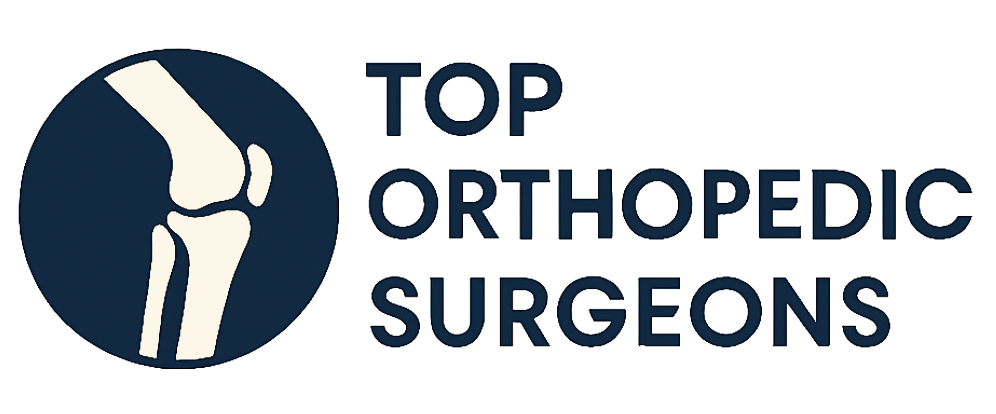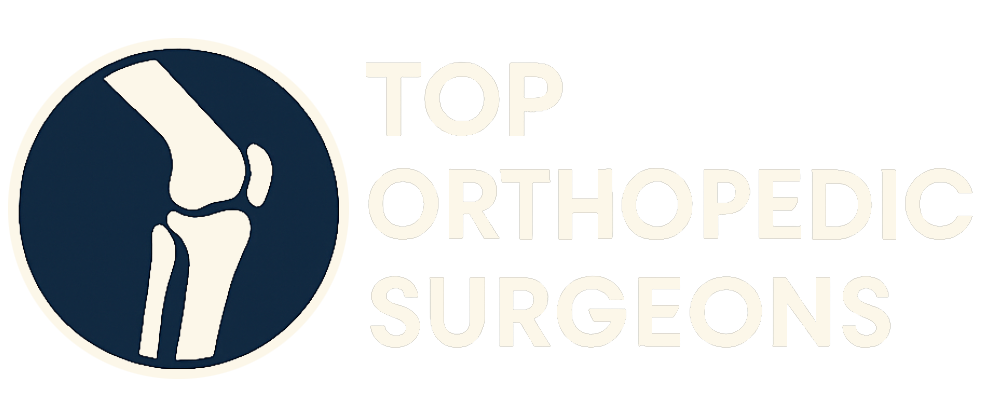
Joint pain can significantly impact your quality of life, limiting your ability to perform everyday activities and enjoy hobbies. If you’re experiencing persistent joint pain, you might be exploring treatment options, including joint replacement surgery. While joint replacement can be a highly effective solution for severe joint damage, it’s not always the first or only option. Fortunately, several joint replacement alternatives can provide pain relief and improve mobility. This guide explores these alternatives, helping you make informed decisions about your orthopedic health.
Understanding Joint Pain
Before diving into the alternatives, it’s essential to understand the causes of joint pain. The most common causes include:
- Osteoarthritis: A degenerative joint disease that occurs when the cartilage protecting the ends of bones wears down over time.
- Rheumatoid Arthritis: An autoimmune disease that causes inflammation of the joints.
- Injuries: Trauma to a joint, such as a sprain, strain, or fracture, can lead to chronic pain.
- Bursitis: Inflammation of the bursae, fluid-filled sacs that cushion the joints.
- Tendonitis: Inflammation of the tendons, which connect muscles to bones.
The type and severity of your joint pain will influence the best course of treatment. Consulting with an orthopedic specialist is crucial for accurate diagnosis and personalized recommendations.
Non-Surgical Joint Replacement Alternatives
Many non-surgical treatments can effectively manage joint pain and improve function. These options are often recommended as the first line of defense, especially for mild to moderate pain.
1. Lifestyle Modifications
Simple lifestyle changes can significantly impact joint pain:
- Weight Management: Excess weight puts extra stress on weight-bearing joints like the knees and hips. Losing weight can reduce pain and improve mobility.
- Low-Impact Exercise: Activities like swimming, cycling, and walking strengthen the muscles around the joints without putting excessive pressure on them.
- Assistive Devices: Using canes, walkers, or braces can provide support and reduce stress on the affected joint.
- Proper Posture: Maintaining good posture can help align your joints and reduce strain.
2. Physical Therapy
A physical therapist can develop a personalized exercise program to strengthen the muscles around the affected joint, improve range of motion, and reduce pain. Physical therapy may include:
- Strengthening Exercises: Targeting specific muscles to support and stabilize the joint.
- Range of Motion Exercises: Improving flexibility and reducing stiffness.
- Manual Therapy: Hands-on techniques to mobilize the joint and surrounding tissues.
- Pain Management Techniques: Strategies like heat, ice, and electrical stimulation to reduce pain and inflammation.
3. Medications
Various medications can help manage joint pain and inflammation:
- Over-the-Counter Pain Relievers: Nonsteroidal anti-inflammatory drugs (NSAIDs) like ibuprofen and naproxen can reduce pain and inflammation. Acetaminophen (Tylenol) can also help with pain relief.
- Prescription Pain Relievers: Stronger NSAIDs or opioid pain relievers may be prescribed for more severe pain, but they should be used cautiously due to potential side effects and risks of dependence.
- Corticosteroids: These medications can be injected directly into the joint to reduce inflammation and pain. However, they are typically used sparingly due to potential long-term side effects.
- Disease-Modifying Antirheumatic Drugs (DMARDs): These medications are used to treat rheumatoid arthritis and other autoimmune diseases by suppressing the immune system and reducing inflammation.
4. Injections
Injections can provide targeted pain relief and reduce inflammation:
- Corticosteroid Injections: As mentioned earlier, these injections can quickly reduce inflammation and pain, but their effects are temporary.
- Hyaluronic Acid Injections: Also known as viscosupplementation, these injections add lubrication to the joint, reducing friction and pain. They are often used for knee osteoarthritis.
- Platelet-Rich Plasma (PRP) Injections: PRP involves injecting a concentrated solution of platelets from your own blood into the joint. Platelets contain growth factors that can promote healing and reduce inflammation.
- Stem Cell Injections: Similar to PRP, stem cell injections aim to promote healing and reduce inflammation by injecting stem cells into the affected joint. The stem cells can differentiate into cartilage cells and help repair damaged tissue.
5. Alternative Therapies
Some people find relief from joint pain through alternative therapies:
- Acupuncture: This traditional Chinese medicine technique involves inserting thin needles into specific points on the body to stimulate energy flow and reduce pain.
- Massage Therapy: Massage can help relax muscles, improve circulation, and reduce pain and stiffness.
- Yoga and Tai Chi: These mind-body practices can improve flexibility, balance, and strength, while also reducing stress and pain.
- Supplements: Some supplements, such as glucosamine and chondroitin, are believed to support joint health and reduce pain, although scientific evidence is mixed.
Surgical Joint Replacement Alternatives
When non-surgical treatments fail to provide adequate pain relief, surgical alternatives to total joint replacement may be considered.
1. Arthroscopy
Arthroscopy is a minimally invasive surgical procedure that allows surgeons to visualize and repair joint damage using a small camera and specialized instruments. It can be used to treat various conditions, including:
- Meniscal Tears: Repairing or removing torn cartilage in the knee.
- Ligament Injuries: Reconstructing torn ligaments, such as the anterior cruciate ligament (ACL) in the knee.
- Cartilage Damage: Smoothing or repairing damaged cartilage.
- Loose Bodies: Removing bone fragments or other debris from the joint.
Arthroscopy typically involves smaller incisions, less pain, and a faster recovery compared to open surgery. However, it may not be suitable for all types of joint damage.
2. Osteotomy
Osteotomy involves cutting and reshaping bone to realign the joint and reduce stress on damaged areas. It is often used to treat knee osteoarthritis, particularly in younger patients with early-stage arthritis.
During an osteotomy, the surgeon removes or adds a wedge of bone to correct the alignment of the leg. This can shift weight-bearing from the damaged area of the joint to a healthier area, reducing pain and improving function. Osteotomy can delay the need for total joint replacement.
3. Partial Joint Replacement
In some cases, only a portion of the joint is damaged. A partial joint replacement, also known as a unicompartmental joint replacement, replaces only the damaged compartment of the joint, preserving the healthy parts. This procedure is most commonly performed on the knee.
Partial joint replacement offers several advantages over total joint replacement, including smaller incisions, less bone removal, and a faster recovery. However, it is not suitable for everyone. Patients must have damage limited to one compartment of the joint and have stable ligaments.
4. Cartilage Restoration Procedures
These procedures aim to repair or regenerate damaged cartilage in the joint. They are typically used for younger patients with isolated cartilage defects.
Several cartilage restoration techniques are available, including:
- Microfracture: Stimulating cartilage growth by creating small fractures in the underlying bone.
- Autologous Chondrocyte Implantation (ACI): Growing cartilage cells in a lab and then implanting them into the damaged area.
- Osteochondral Autograft Transplantation (OATs): Transferring healthy cartilage and bone from a non-weight-bearing area of the joint to the damaged area.
- Osteochondral Allograft Transplantation: Using donor cartilage and bone to replace the damaged tissue.
5. Joint Fusion (Arthrodesis)
Joint fusion involves fusing the bones of the joint together, eliminating movement and pain. It is typically used as a last resort when other treatments have failed. Joint fusion is most commonly performed on the ankle, wrist, and spine.
While joint fusion can eliminate pain, it also eliminates movement at the joint. This can affect function and range of motion. However, for some patients, the trade-off of pain relief for reduced mobility is worthwhile.
Making the Right Choice
Choosing the right treatment for joint pain requires careful consideration and consultation with an orthopedic specialist. Factors to consider include:
- The severity of your pain and functional limitations.
- The underlying cause of your joint pain.
- Your age, activity level, and overall health.
- Your personal preferences and goals.
Your orthopedic surgeon will conduct a thorough evaluation, including a physical exam, imaging studies (such as X-rays or MRI), and a review of your medical history. They will then discuss your treatment options and help you make an informed decision.
It’s important to remember that joint replacement alternatives are not a one-size-fits-all solution. The best treatment for you will depend on your individual circumstances. By exploring the available options and working closely with your orthopedic specialist, you can find a treatment plan that effectively manages your pain, improves your mobility, and enhances your quality of life.


